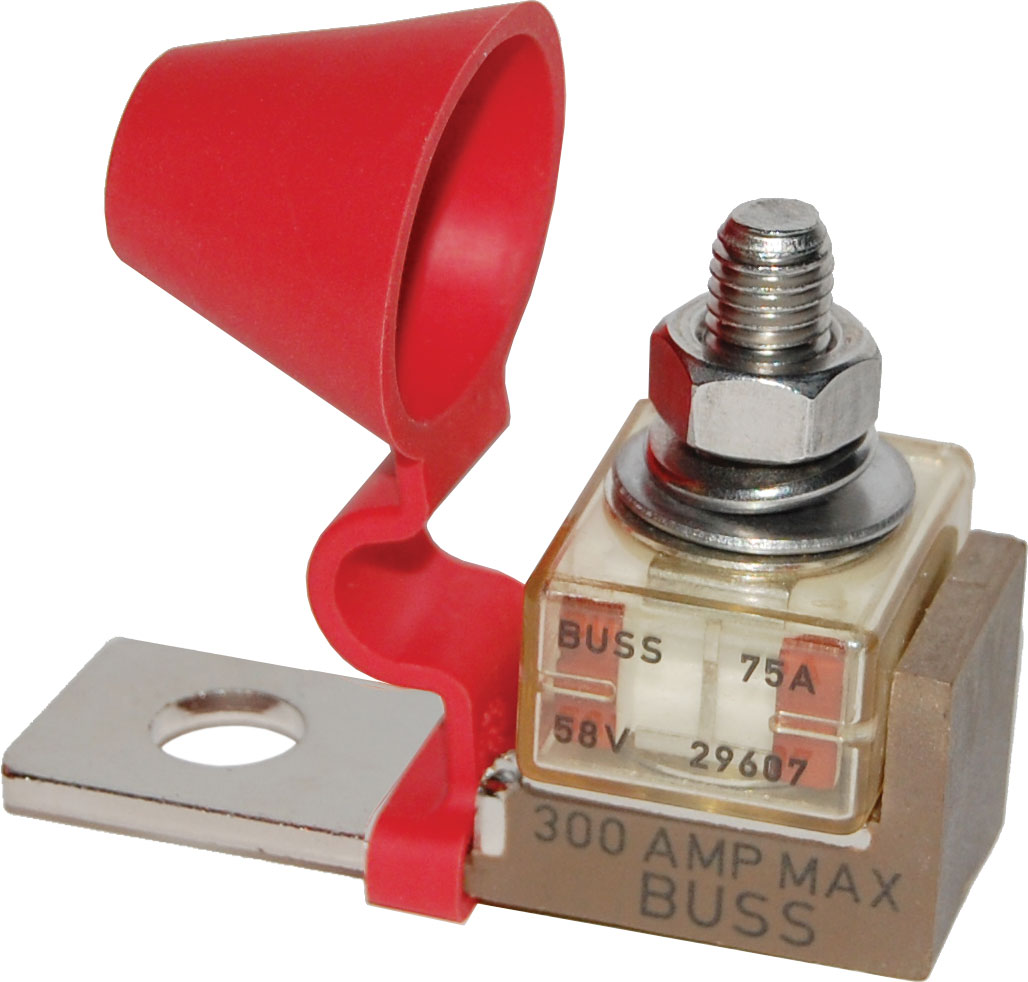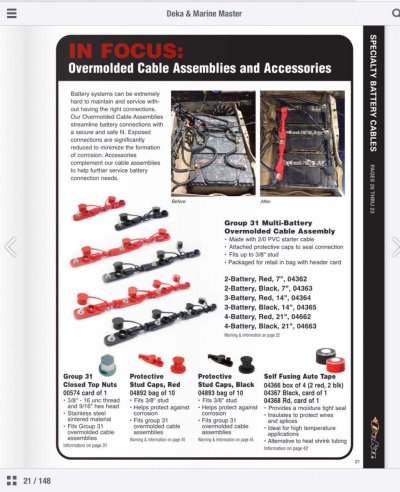PMF1984
Guru
I am adding to my house bank so I need to make an additional connection to the positive terminal of my existing battery.
Right now there is a cable coming off that terminal going to a buss bar, a cable for the ACR, and a cable for the solar panels. There is no more space on the terminal stud.
I remember seeing some solutions for this on an earlier string, maybe last year, but can’t locate it.
Any suggestions are welcome.
John
Right now there is a cable coming off that terminal going to a buss bar, a cable for the ACR, and a cable for the solar panels. There is no more space on the terminal stud.
I remember seeing some solutions for this on an earlier string, maybe last year, but can’t locate it.
Any suggestions are welcome.
John





